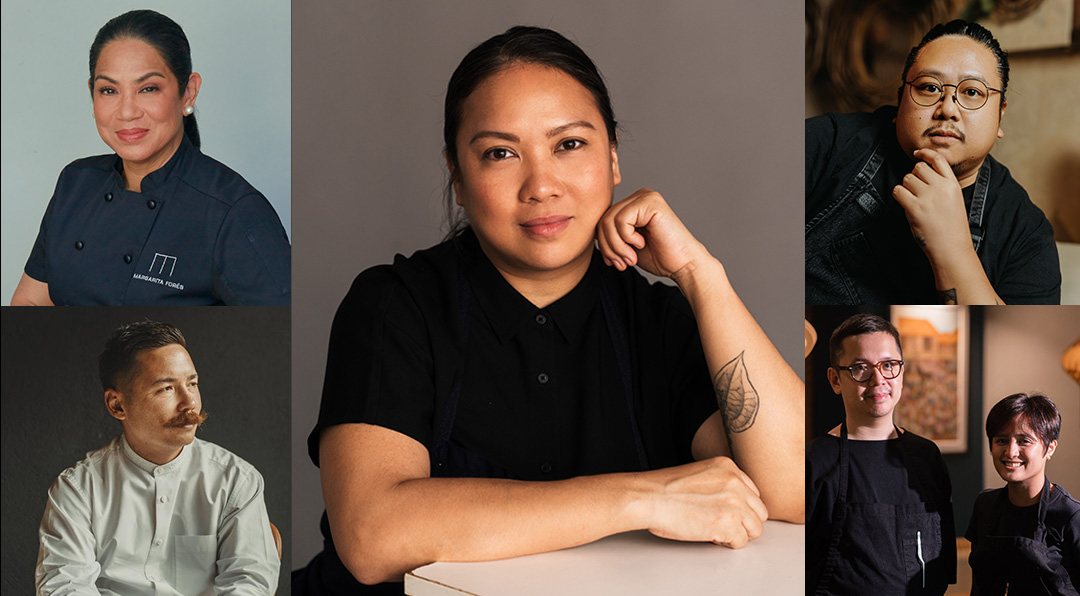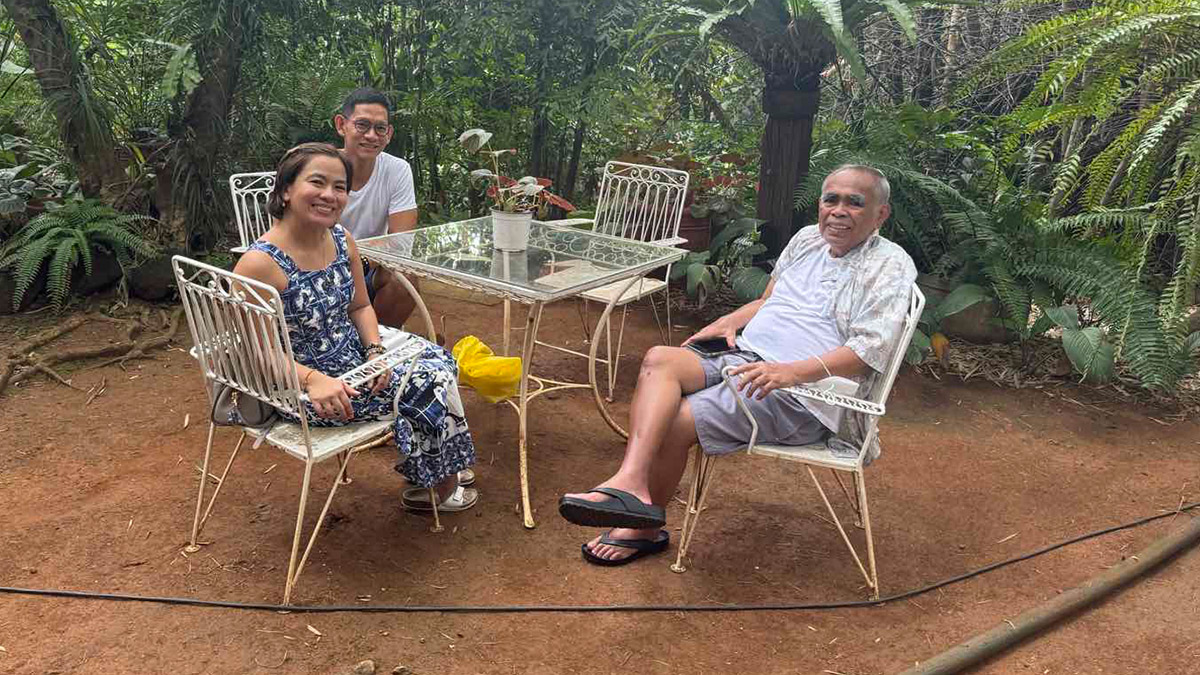The Regional Food Conference, organized by the Power of Pen Series, gathered writers and authors who talked about their experiences in researching and writing about eating and cuisines.
Amy Besa, who wrote with husband Romy Dorotan the book, “Memories of Philippine Kitchens,” discussed “Memory and Intuition” which, she said, were “constructs or tools” with which one could constitute one’s identity. She pointed out that memory is “our DNA.”
Besa said her research included looking for local ingredients in the provinces and conducting interviews with food writers and experts. Along the way, she had to correct some preconceptions, such as the myth of the national food. She declared that all food are regional.
She had learned from her aunt, the venerable Doreen Gamboa Fernandez, that while trade and conquest introduced foreign influences to the country, Filipinos have made these international cuisines their own.
Edgie Polistico, author of “Philippine Food, Cooking and Dining Dictionary,” said the lack of informative food books in the Visayas led him to come up with a modest Cebuano dictionary. Work on the dictionary brought him to provinces where he collated different names for ingredients and cooking methods.
He also taught himself computer programming to help him in his research and documentation.
Interaction
But while research method is important, Cora Alvina added that interacting with locals is indispensable. It gets to the heart of the people and their culture, she explained.
Alvina said her research for the book “Batanes: A Delicate Balance—Food, Ecology and Community,” involved extensive interaction with Ivatan folks.
Pixie Sevilla, pastry chef and niece of the late food historian Mila Enriquez, said her family was republishing Enriquez’s National Book Award-winning “Kasaysayan ng Kaluto ng Bayan.”
Mindanao scholar and professor Macario Tiu, editor of “Davao Cuisine: Recipes of Ten Tribes of Davao City,” narrated how his research staff was able to document indigenous cuisines.
An important requirement for researchers is the Free Prior and Informed Consent (FPIC) from the indigenous people themselves. But once you are known to be a researcher of good standing, Tiu said it becomes easier to secure the FPIC.
His talk revealed previously unknown ingredients used in lumad cooking, such as the atimokon or omen bird.
A few years ago, Datu Shariff Pendatun III won second prize in the Doreen Gamboa Fernandez Food Writing Award for his essay on pastil, the breakfast food of the Maguindanao.
Pendatun said he preferred the term “Moro food,” instead of Muslim, because many of the indigenous people that are a part of the geography are not Muslim, such as the Yakan.
That’s why his forthcoming book has the title, “Moro Food as an Expression of Affinity.”
Tatung Sarthou reprised his talk and videos made during Madrid Fusion Manila, where he emphasized the importance of going back to natural salt. Many of the recipes are in “Philippine Cookery: From Heart to Platter.”
Claude Tayag discussed his travels and the research that went into his two books, “Food Tour” and “Linamnam”—the latter written with his wife Mary Ann Quioc.
The last speaker was not Filipino. Xavier Btesch, who wrote “French Kusina,” said his French and Syrian recipes could be done in any Filipino setting because he made sure that all ingredients were available. He recalled that when he looked into one antique French cooking book, he saw adobo.
Felice Sta. Maria mentioned the same thing years ago when she said that the French “daube” was similar to the process of cooking adobo.
E-mail the author at
[email protected]













































